Home>Articles>How To Know If A Carbon Monoxide Detector Is Working
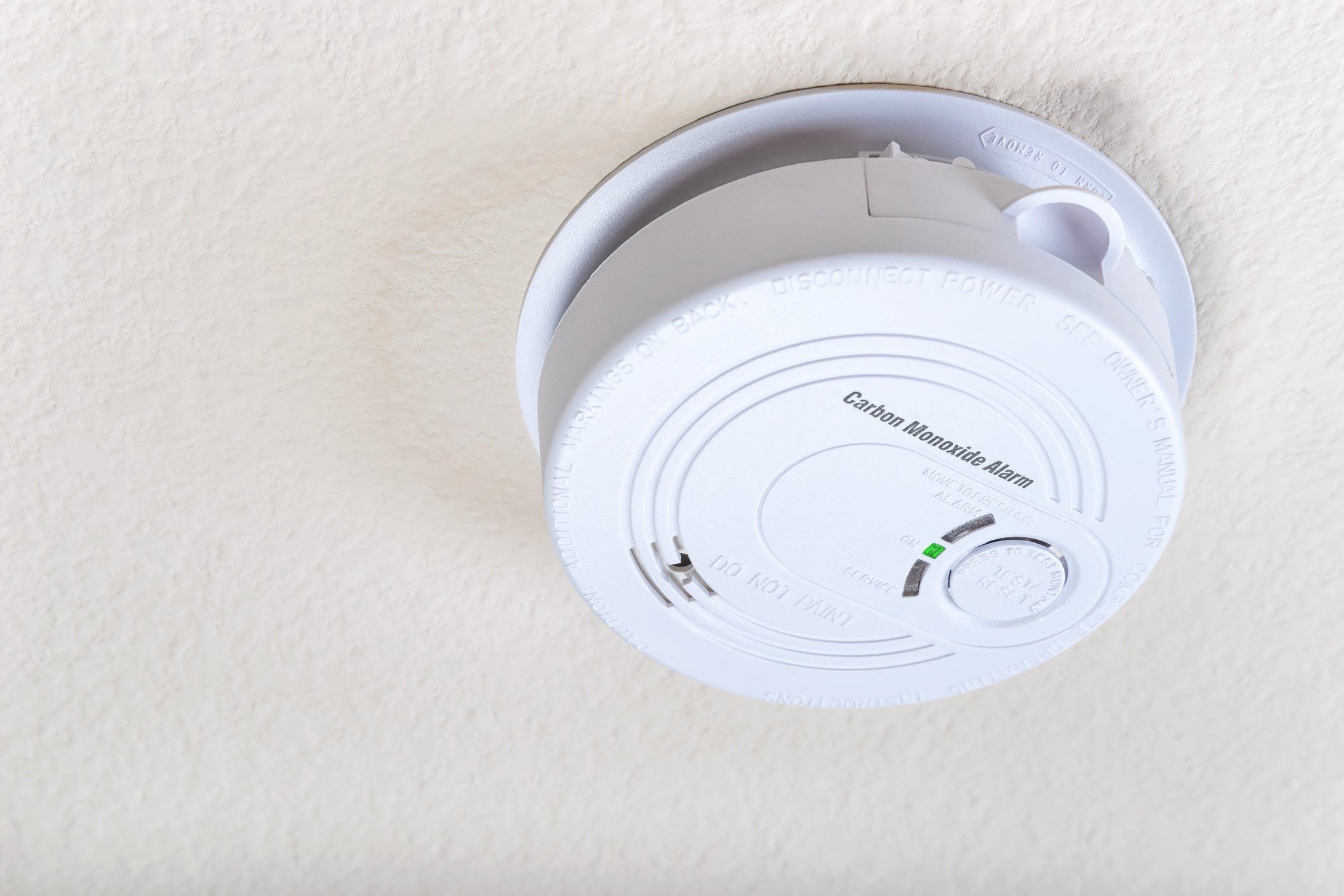

Articles
How To Know If A Carbon Monoxide Detector Is Working
Modified: August 20, 2024
Learn how to determine if your carbon monoxide detector is functioning properly with this informative article on carbon monoxide detectors.
(Many of the links in this article redirect to a specific reviewed product. Your purchase of these products through affiliate links helps to generate commission for Storables.com, at no extra cost. Learn more)
Introduction
A carbon monoxide (CO) detector is an essential safety device that can save lives by alerting occupants to the presence of this odorless and colorless gas. Carbon monoxide is produced by the incomplete combustion of fuels such as gas, oil, coal, and wood. It can accumulate in enclosed spaces and pose a serious health risk if not detected in time.
Having a working carbon monoxide detector in your home is crucial because it can provide early warning signs of a potential carbon monoxide leak. This allows you and your family to evacuate the premises and contact emergency services.
In this article, we will explore the importance of a working carbon monoxide detector, the signs of a malfunctioning detector, common issues that can cause detectors to stop working, how to test a carbon monoxide detector, steps to troubleshoot a non-functioning detector, and the role of maintenance in ensuring the detector’s functionality.
Keep reading to learn how to ensure the safety of your home and loved ones by properly maintaining and testing your carbon monoxide detector.
Key Takeaways:
- Regularly testing, cleaning, and maintaining your carbon monoxide detector is crucial to ensure it provides accurate and reliable protection against this silent killer gas.
- A malfunctioning carbon monoxide detector can put your family at risk, so stay proactive in addressing any signs of malfunction and promptly troubleshoot any issues.
Read more: How Does Carbon Monoxide Detector Work
Importance of a Working Carbon Monoxide Detector
A working carbon monoxide detector is vital for the safety and well-being of everyone in your home. Carbon monoxide is often referred to as the “silent killer” because it is odorless, tasteless, and invisible, making it difficult to detect without the help of a detector. Here are the key reasons why a functioning carbon monoxide detector is so important:
- Early Warning System: A working carbon monoxide detector acts as an early warning system, alerting you and your family to the presence of this deadly gas. This allows you to take immediate action, evacuate the premises, and seek medical attention if necessary.
- Prevention of Carbon Monoxide Poisoning: Carbon monoxide is highly toxic and can cause severe health issues when inhaled. It binds to hemoglobin in the blood, reducing its ability to carry oxygen to vital organs and tissues. Prolonged exposure to high levels of carbon monoxide can lead to symptoms such as headaches, dizziness, nausea, confusion, and even death. A functioning detector helps prevent carbon monoxide poisoning by notifying you of its presence before it reaches dangerous levels.
- Compliance with Safety Regulations: Many states and local jurisdictions have laws and regulations in place that require the installation of carbon monoxide detectors in residential properties. Ensuring that your detector is working properly helps you comply with these regulations and avoid potential fines or penalties.
- Protection During Sleeping Hours: Carbon monoxide leaks often occur during the night when people are asleep. Without a working detector, the risk of exposure is significantly increased, as individuals may not realize they are being exposed to dangerous levels of carbon monoxide. A functioning detector will provide a loud alarm, waking occupants and allowing them to react quickly.
- Peace of Mind: Knowing that you have a working carbon monoxide detector installed in your home provides peace of mind. It allows you to rest easy, knowing that you have taken steps to protect your family from the dangers of carbon monoxide.
By ensuring that your carbon monoxide detector is in proper working order, you can safeguard your home and loved ones from the potential harm associated with carbon monoxide exposure. Regular testing, troubleshooting, and maintenance are essential to ensure that the detector functions as intended and provides reliable protection.
Signs of a Malfunctioning Carbon Monoxide Detector
While carbon monoxide detectors are designed to provide reliable and accurate warnings, they can sometimes malfunction. It’s important to be aware of the signs that indicate your detector may not be functioning properly. Here are some common signs of a malfunctioning carbon monoxide detector:
- False Alarms: If your carbon monoxide detector frequently goes off without any signs of carbon monoxide present, it may be a sign of a malfunction. False alarms can be caused by a variety of factors, including low battery voltage, sensor contamination, or a malfunctioning electronic component.
- No Alarm When Expected: On the other hand, a malfunctioning detector may fail to sound an alarm when there are actual traces of carbon monoxide in the air. This can happen if the detector’s sensors are not working properly or if there is an issue with the electronic circuitry.
- Low or Unstable Battery Life: A carbon monoxide detector relies on batteries to function, so if the batteries are running low or draining quickly, it may be a sign of a malfunction. Keep an eye on the battery life indicator and replace the batteries as needed. If the batteries are fresh, yet the detector continues to have power-related issues, it could indicate a malfunction.
- Inconsistent Readings: If your detector is displaying inconsistent or erratic readings, it may be a sign of a malfunction. Carbon monoxide detectors are designed to provide accurate measurements of carbon monoxide levels in the air. If you notice readings that vary significantly or don’t match with other detectors, it’s important to investigate the issue.
- Expired Warranty: Manufacturers typically provide warranties on carbon monoxide detectors to cover defects and malfunctions. If your detector is still under warranty but exhibiting signs of malfunction, it may be a good idea to contact the manufacturer for assistance or a possible replacement.
If you notice any of these signs, it’s crucial to take immediate action. Start by checking the batteries and ensuring they are properly installed and fully charged. Clean the detector’s sensors if they appear dirty or obstructed. If the issues persist, it’s recommended to replace the detector with a new one to ensure reliable carbon monoxide detection in your home.
Remember, a malfunctioning carbon monoxide detector can put you and your family at risk by providing inaccurate readings or failing to alert you to the presence of carbon monoxide. Regular maintenance, testing, and replacement as needed are essential to ensure the detector’s reliability and effectiveness in keeping your home safe.
Common Issues that Cause CO Detectors to Stop Working
Carbon monoxide (CO) detectors are designed to provide continuous protection, but there are various factors that can cause them to stop functioning properly. Understanding these common issues can help you identify and resolve problems with your CO detector. Here are some of the most common issues that can cause CO detectors to stop working:
- Expired Sensor Life: CO detectors have a limited sensor life span, typically ranging from 5 to 10 years. Over time, the sensors can become less sensitive or stop working altogether. If your CO detector is past its expiration date, it may not provide accurate readings or detect carbon monoxide at all.
- Electrical Power Issues: CO detectors can be powered by batteries, electricity, or a combination of both. If your detector is battery-operated and the batteries are dead or installed incorrectly, it will not function. Similarly, if there is an electrical power outage or a problem with the electrical circuit, a hard-wired CO detector may fail to operate.
- Contamination or Sensor Obstruction: Dust, dirt, or other contaminants can accumulate on the sensors of CO detectors, affecting their ability to detect carbon monoxide. Additionally, physical obstructions such as furniture or curtains placed too close to the detector can block the airflow and prevent proper detection. Regular cleaning and ensuring proper airflow around the detector can prevent these issues.
- Environmental Interference: Certain environmental factors can interfere with a CO detector’s performance. High humidity levels, extreme temperatures, or volatile chemicals in the vicinity of the detector can impact its accuracy and functionality. It’s important to install the detector in a suitable location away from these potential sources of interference.
- Outdated Technology: Technology advances rapidly, and older CO detectors may not have the same level of sensitivity and reliability as newer models. If your CO detector is outdated, it may be less effective in detecting low levels of carbon monoxide or may not meet the current safety standards. Upgrading to a newer model can ensure better protection.
If your CO detector stops working, it’s crucial to investigate the cause and take prompt action. Start by checking the batteries or power source to ensure they are functioning properly. If the power supply is not the issue, examine the detector for any signs of contamination or obstructions and clean it accordingly. If the detector is old or past its expiration date, it’s advisable to replace it with a new one.
Regular maintenance, testing, and staying up to date with the latest technology are key to ensuring the effectiveness and reliability of your CO detectors. By addressing common issues promptly and proactively, you can maintain the safety and well-being of everyone in your home.
Test your carbon monoxide detector regularly by pressing the test button to ensure it is working properly. Also, replace the batteries at least once a year.
How to Test a Carbon Monoxide Detector
Regularly testing your carbon monoxide (CO) detector is essential to ensure it is functioning properly and providing the necessary protection for you and your family. Here are the steps to effectively test a carbon monoxide detector:
- Read the Manufacturer’s Instructions: Start by familiarizing yourself with the specific testing instructions provided by the manufacturer. Each CO detector may have slightly different testing procedures, so it’s important to follow the instructions provided.
- Check the Power Source: Ensure that your carbon monoxide detector is receiving power. If it’s battery-operated, check if the batteries are properly installed and have sufficient charge. If it’s hard-wired, verify that the electrical circuit is functioning correctly.
- Find the Test Button: Locate the test button on your CO detector. This is usually a large button labeled “test” or “reset.” It is designed to simulate the presence of carbon monoxide and trigger the alarm for testing purposes.
- Hold the Test Button: Press and hold the test button for a few seconds. This will initiate the testing process and should cause the detector to emit a loud alarm sound. Ensure that you are prepared for the noise and that everyone in the vicinity is aware of the test.
- Observe the Alarm Response: Pay attention to the alarm sound and make sure it is loud and clear. The alarm should sound consistently and not be faint or distorted. If you have multiple CO detectors installed, make sure they all sound simultaneously.
- Monitor the Visual Indicators: Many CO detectors have visual indicators, such as LED lights, that show whether the detector is functioning properly. Check the manufacturer’s instructions to understand what the different indicators mean and ensure they are functioning as intended.
- Reset the Detector: After the testing is complete, release the test button and allow the detector to reset. The alarm should stop sounding, and the detector should return to its normal operating state.
- Record the Testing: It’s a good practice to keep a log of each time you test your CO detector. Note the date of the test, the results, and any observations or issues you may have encountered. This can help you track the performance of the detector over time.
It’s important to note that testing a carbon monoxide detector only checks its alarm functionality. It does not ensure the accuracy of the carbon monoxide detection. To measure the actual levels of carbon monoxide in your home, you would need to use a separate carbon monoxide measuring device.
Remember to test your CO detector on a regular basis, typically once a month, to ensure its continued functionality. If the detector fails the test, replace the batteries or the entire unit if necessary. It’s better to be proactive and address any issues promptly to maintain the safety of your home and loved ones.
Steps to Troubleshoot a Non-Functioning Carbon Monoxide Detector
If your carbon monoxide (CO) detector is not functioning properly, it’s crucial to troubleshoot the issue to restore its functionality. Here are the steps you can follow to troubleshoot a non-functioning CO detector:
- Check the Power Source: Ensure that your CO detector is receiving power. If it is battery-operated, check if the batteries are properly installed and have sufficient charge. If it is hard-wired, verify that the electrical circuit is functioning correctly and supplying power to the detector.
- Clean the Detector: Dust, dirt, and other debris can accumulate on the sensors of your CO detector, affecting its performance. Use a soft, dry cloth to clean the detector’s exterior. Avoid using water or cleaning solvents, as they can damage the sensitive components of the device. If the sensors appear dirty or obstructed, gently clean them using a soft brush or compressed air.
- Ensure Proper Placement: Verify that your CO detector is installed in the correct location. It should be placed at a height of about 5 feet above the floor, away from any obstructions, such as furniture or curtains. Avoid placing it near vents, windows, or sources of heat, as this could affect its accuracy.
- Replace the Batteries: If your CO detector is battery-operated, and you have confirmed that the batteries are installed correctly, try replacing them with fresh ones. Even if the batteries appear to have some charge left, they may not provide enough power to operate the detector effectively.
- Reset the Detector: Some CO detectors have a reset button that you can press to restore its functionality. Refer to the manufacturer’s instructions to locate the reset button and follow the specified steps to reset the detector. This can help resolve any temporary issues that may have caused the detector to stop working.
- Test the Carbon Monoxide Levels: To ensure the accuracy of your CO detector, you can use a separate carbon monoxide measuring device to compare its readings. If the separate device shows elevated levels of carbon monoxide, it indicates that there is a problem with your CO detector and it may need to be replaced.
- Consult the Manufacturer: If you have tried the steps above and your CO detector is still not functioning properly, it is recommended to reach out to the manufacturer for further assistance. They can provide specific troubleshooting advice, offer repair services, or advise on the replacement of the detector if necessary.
Remember that maintaining a properly functioning CO detector is essential for the safety of your home and loved ones. By following these troubleshooting steps and addressing any issues promptly, you can ensure that your CO detector continues to provide accurate and reliable protection against carbon monoxide.
The Role of Maintenance in Ensuring Detector Functionality
Maintaining your carbon monoxide (CO) detector is crucial to ensure its proper functionality and reliability in detecting the presence of this deadly gas. Regular maintenance helps to keep the detector in optimal condition and ensures that it can provide accurate and timely warnings when needed. Here are the key aspects of maintenance that play a role in ensuring detector functionality:
- Regular Testing: Testing your CO detector on a regular basis, typically once a month or as recommended by the manufacturer, is essential. This allows you to verify that the detector is operational, the batteries are charged, and the alarm sounds as expected. Testing also helps familiarize you with the alarm sound, so you can recognize it in the event of a real emergency.
- Battery Replacement: If your CO detector is battery-powered, regularly check the batteries to ensure they are properly installed and have sufficient charge. It’s recommended to replace the batteries at least once a year or as per the manufacturer’s instructions. Fresh batteries are necessary to ensure continuous and uninterrupted power supply to the detector.
- Sensor Cleaning: Over time, dust, dirt, and other contaminants can accumulate on the sensors of your CO detector, affecting its accuracy and sensitivity. Regularly cleaning the exterior of the detector with a soft cloth and gently cleaning the sensors can help maintain their efficiency. Avoid using water or cleaning solvents, as they can damage the detector’s components.
- Proper Placement: Ensure that your CO detector is installed in the correct location for optimal performance. Place it at a height of about 5 feet above the floor, away from obstructions and sources of heat or humidity. Follow the manufacturer’s guidelines to determine the best location in your home. Incorrect placement can affect the detector’s ability to accurately detect carbon monoxide levels.
- Regular Inspection: Conduct periodic inspections of your CO detector to ensure there are no physical obstructions, such as furniture or curtains, blocking the airflow to the device. Check for any signs of wear, damage, or corrosion and address these issues promptly. A well-maintained detector is more likely to function properly when needed.
- Stay Informed: Stay up to date with the latest safety guidelines, regulations, and recommendations regarding CO detectors. Familiarize yourself with the manufacturer’s instructions and any specific maintenance guidelines they provide. Being informed ensures that you are aware of any updates or changes that may affect the maintenance and functionality of your detector.
By incorporating regular maintenance activities into your routine, you can ensure that your CO detector remains in optimal condition and provides reliable protection against carbon monoxide. The investment of time and effort in maintenance is minimal compared to the potential risks associated with a faulty detector. Remember, the safety and well-being of your family depend on the functionality and accuracy of your CO detector.
Conclusion
A working carbon monoxide (CO) detector is a critical safety device that should be present in every home. It plays a vital role in detecting the presence of carbon monoxide gas, which can be lethal if left undetected. By alerting occupants with an alarm, a functioning CO detector allows for prompt action, evacuation, and the potential to avoid carbon monoxide poisoning.
Throughout this article, we’ve highlighted the importance of a working carbon monoxide detector, discussed the signs of a malfunctioning detector, identified common issues that can cause a CO detector to stop working, explained how to test a CO detector, and provided steps to troubleshoot non-functioning detectors. We’ve also emphasized the role of maintenance in ensuring the functionality of the detector, including regular testing, battery replacement, sensor cleaning, proper placement, and staying informed about safety guidelines.
It’s essential to understand that carbon monoxide is a silent and invisible gas. Without a working CO detector, you and your loved ones may be exposed to its dangers without even realizing it. Being proactive in maintaining and testing your carbon monoxide detector can potentially save lives.
Remember to regularly test and replace batteries, clean the detector, and ensure its proper placement. Regularly inspecting the device and staying informed about safety guidelines will also contribute to its optimal functionality. Additionally, promptly addressing any signs of malfunction or issues with the detector is crucial to maintain its reliability.
By prioritizing the maintenance and functionality of your CO detector, you can rest assured that you are taking important steps to ensure the safety and well-being of everyone in your home. So, make it a habit to regularly test, clean, and maintain your CO detector, because the prevention of carbon monoxide poisoning starts with a properly functioning and well-maintained device.
Frequently Asked Questions about How To Know If A Carbon Monoxide Detector Is Working
Was this page helpful?
At Storables.com, we guarantee accurate and reliable information. Our content, validated by Expert Board Contributors, is crafted following stringent Editorial Policies. We're committed to providing you with well-researched, expert-backed insights for all your informational needs.
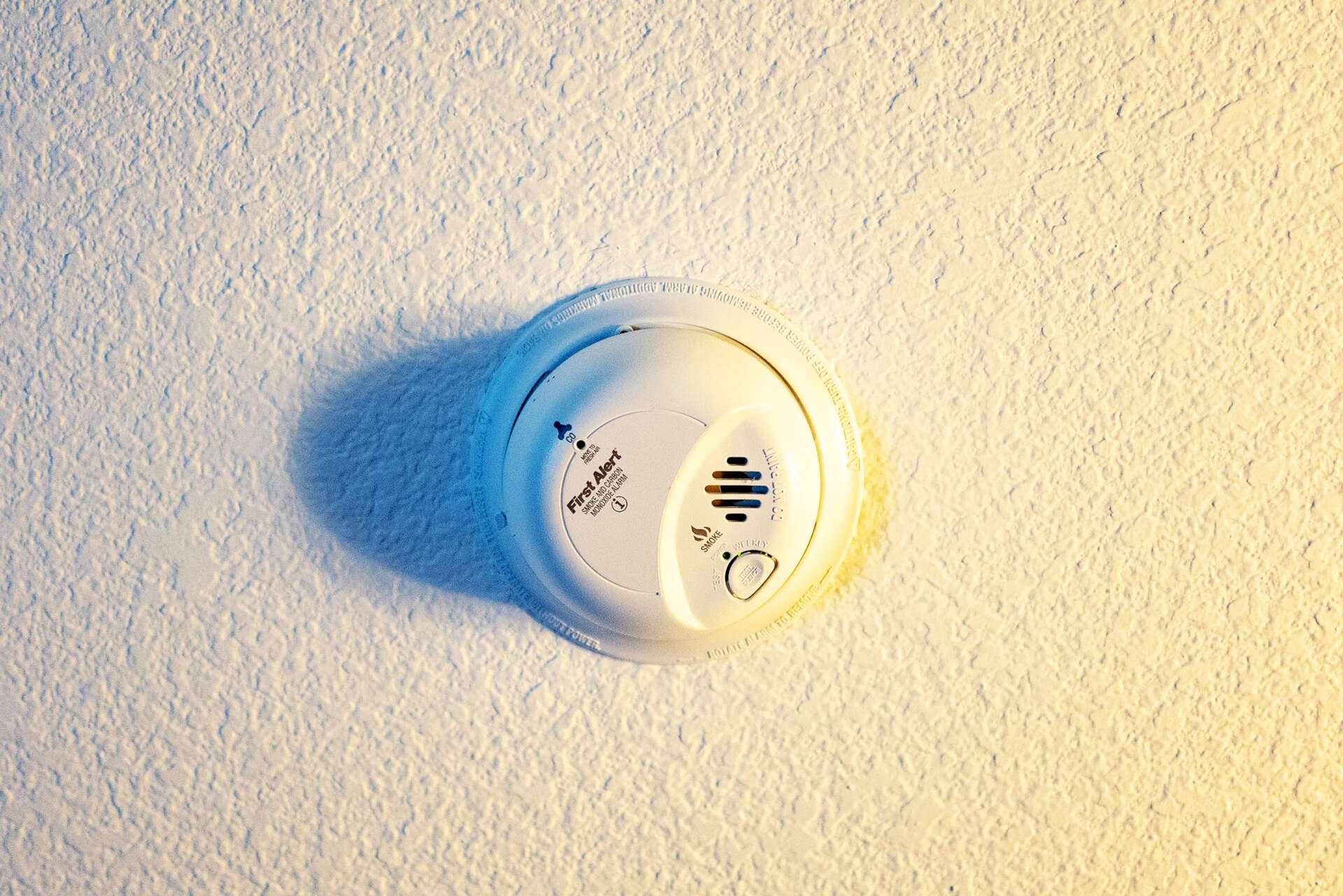
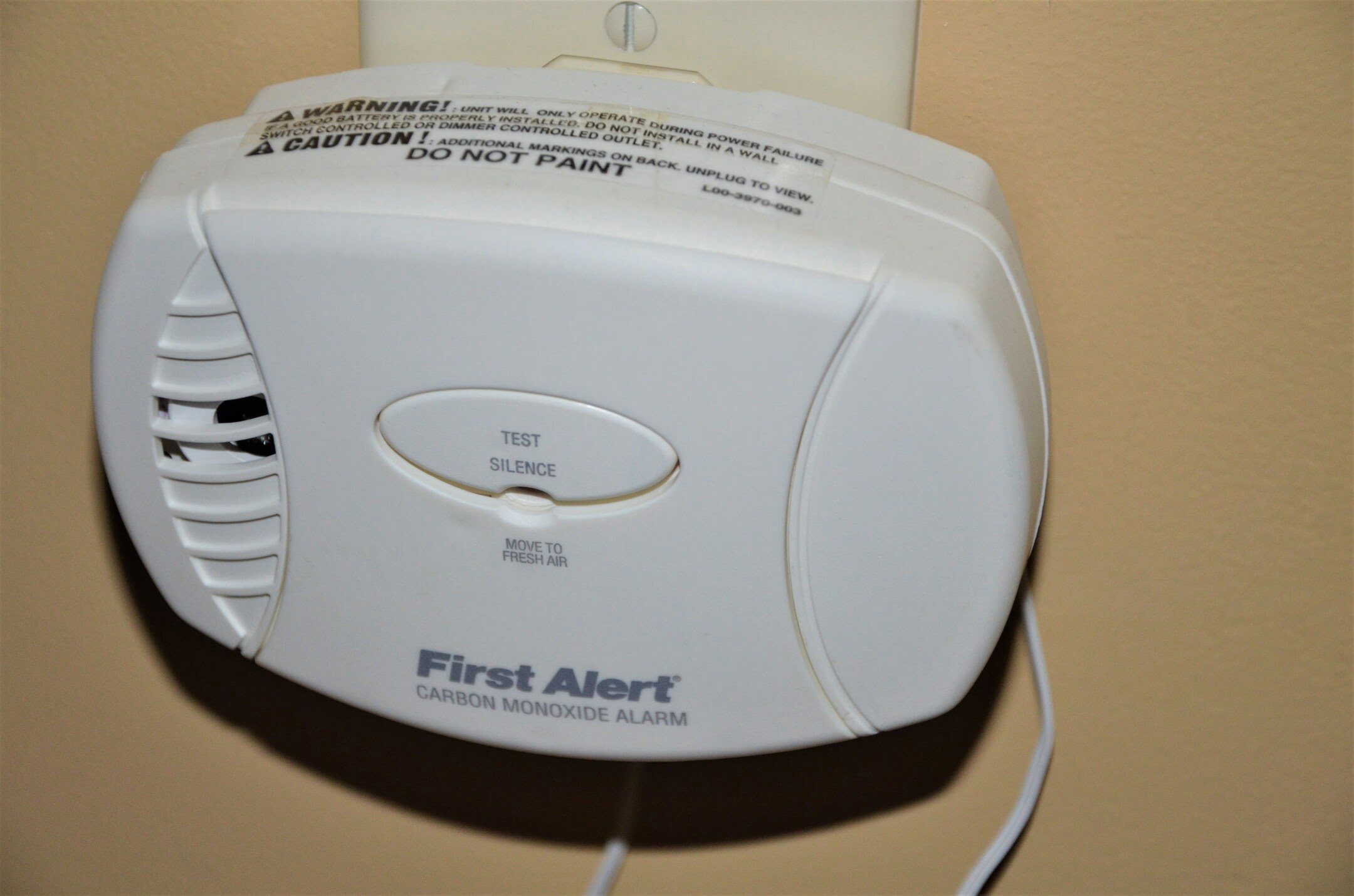
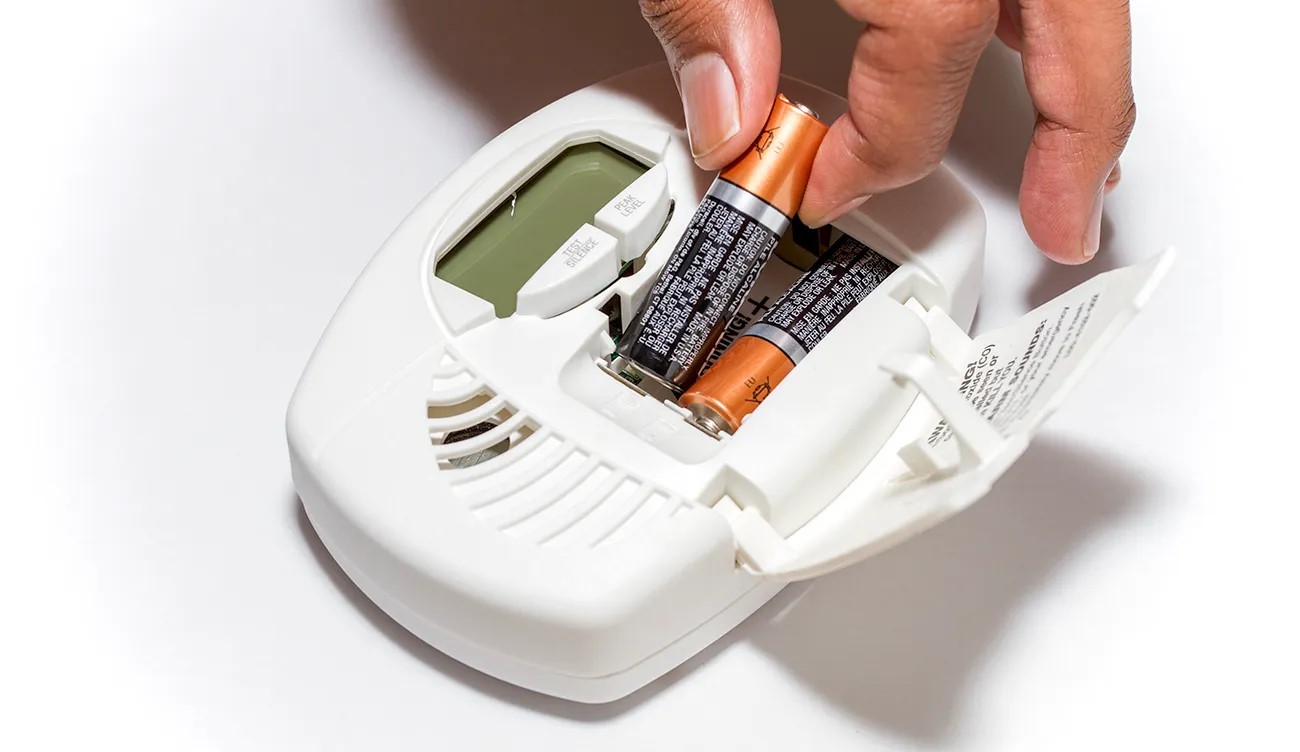
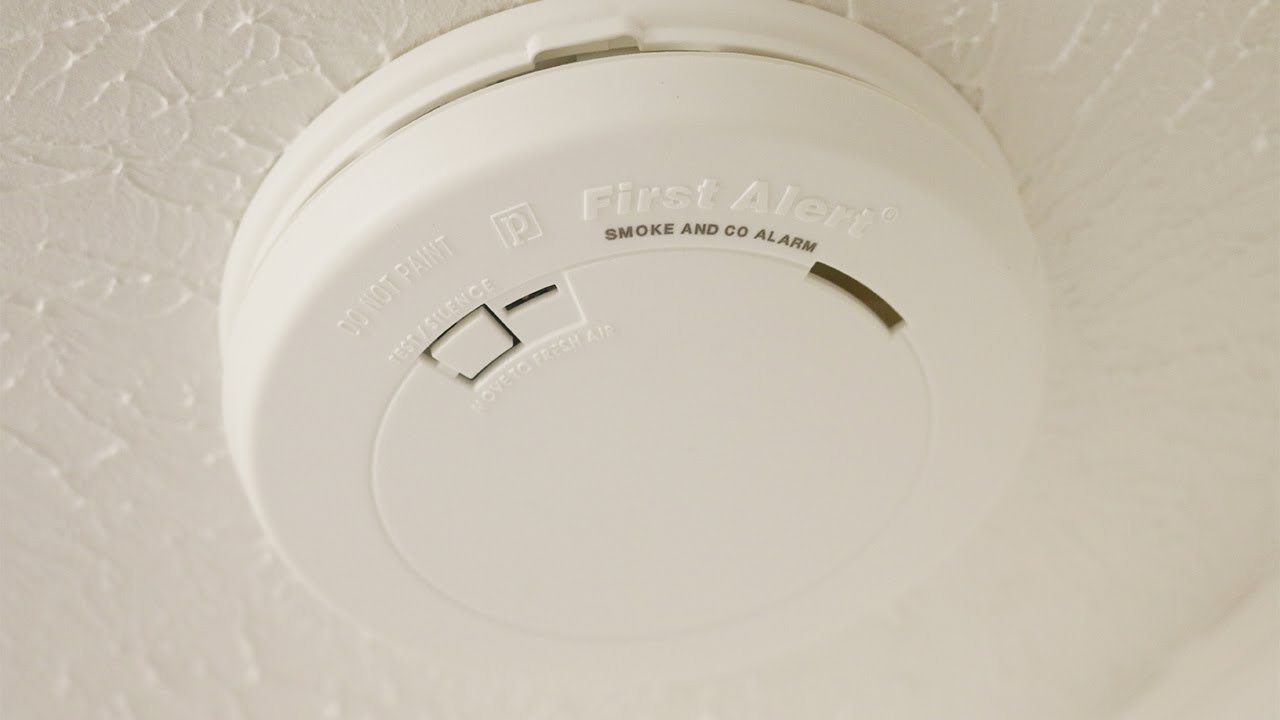
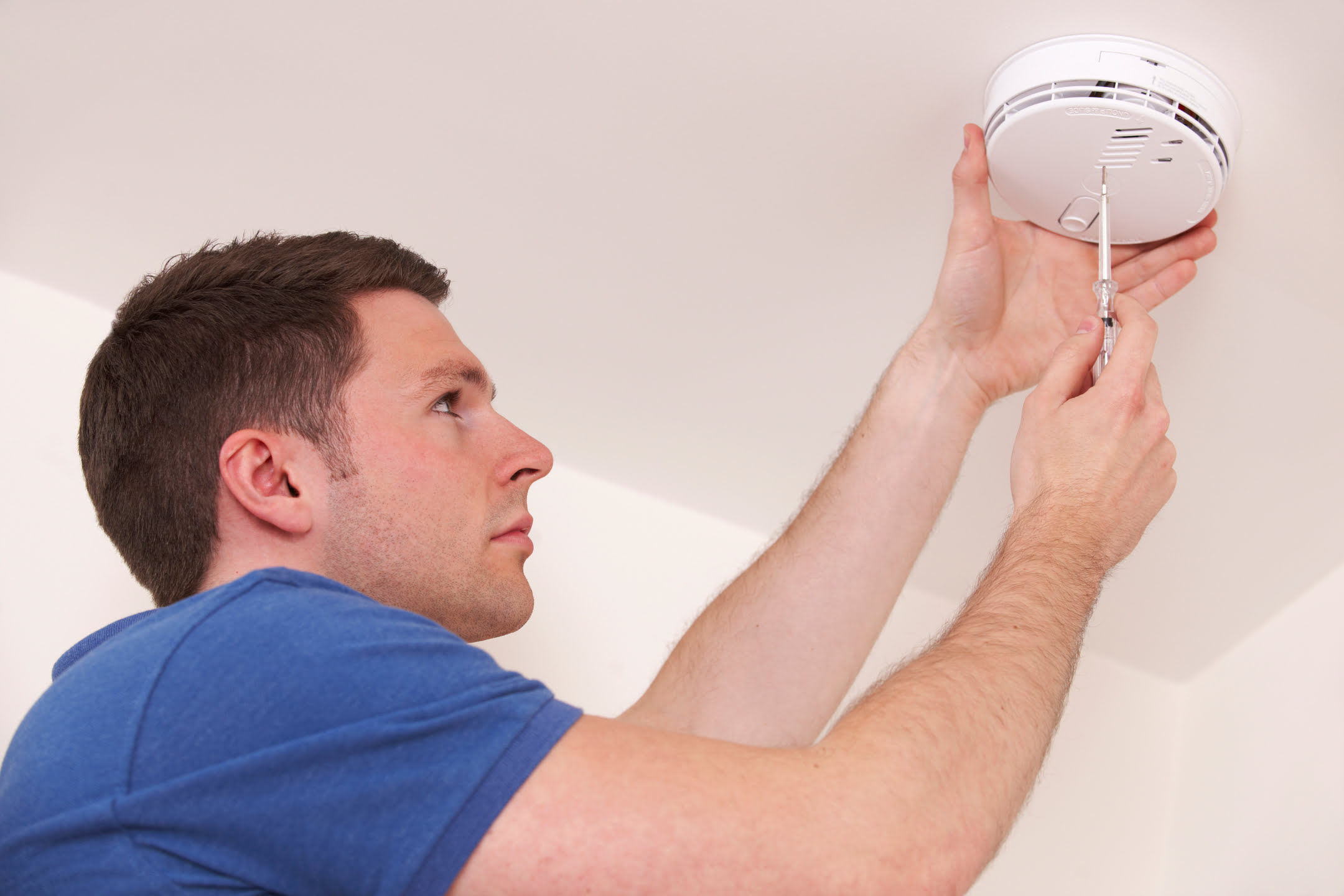
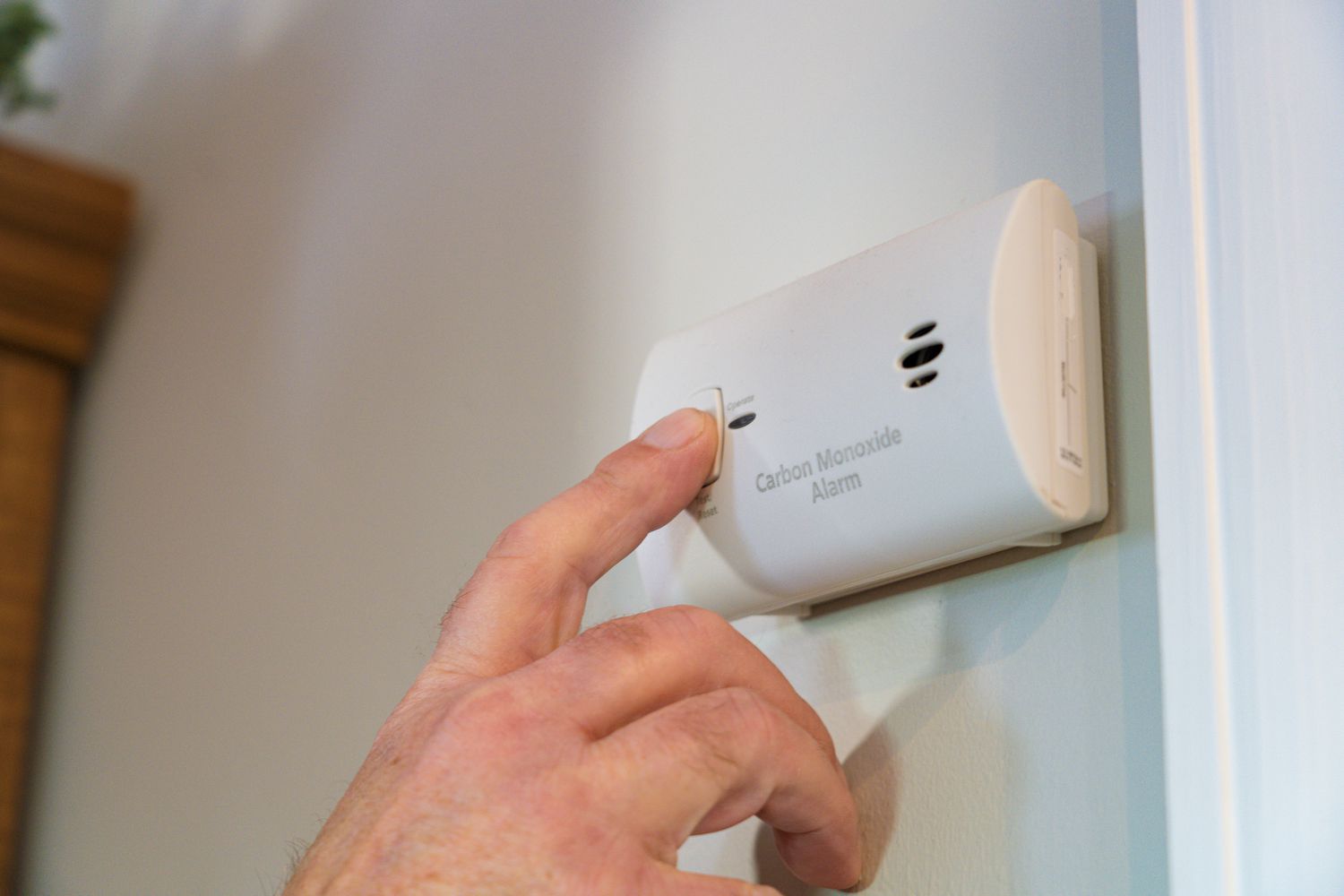
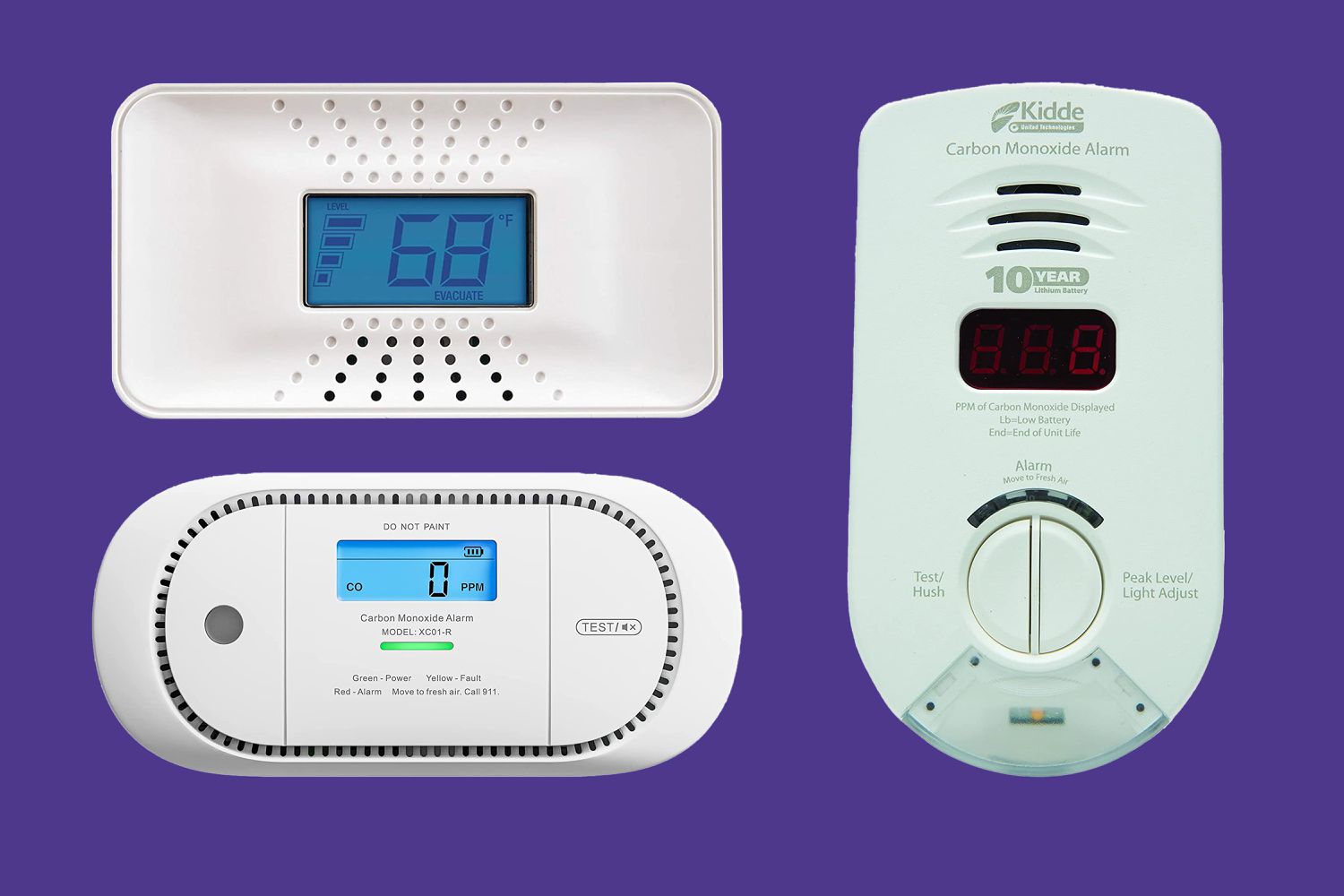
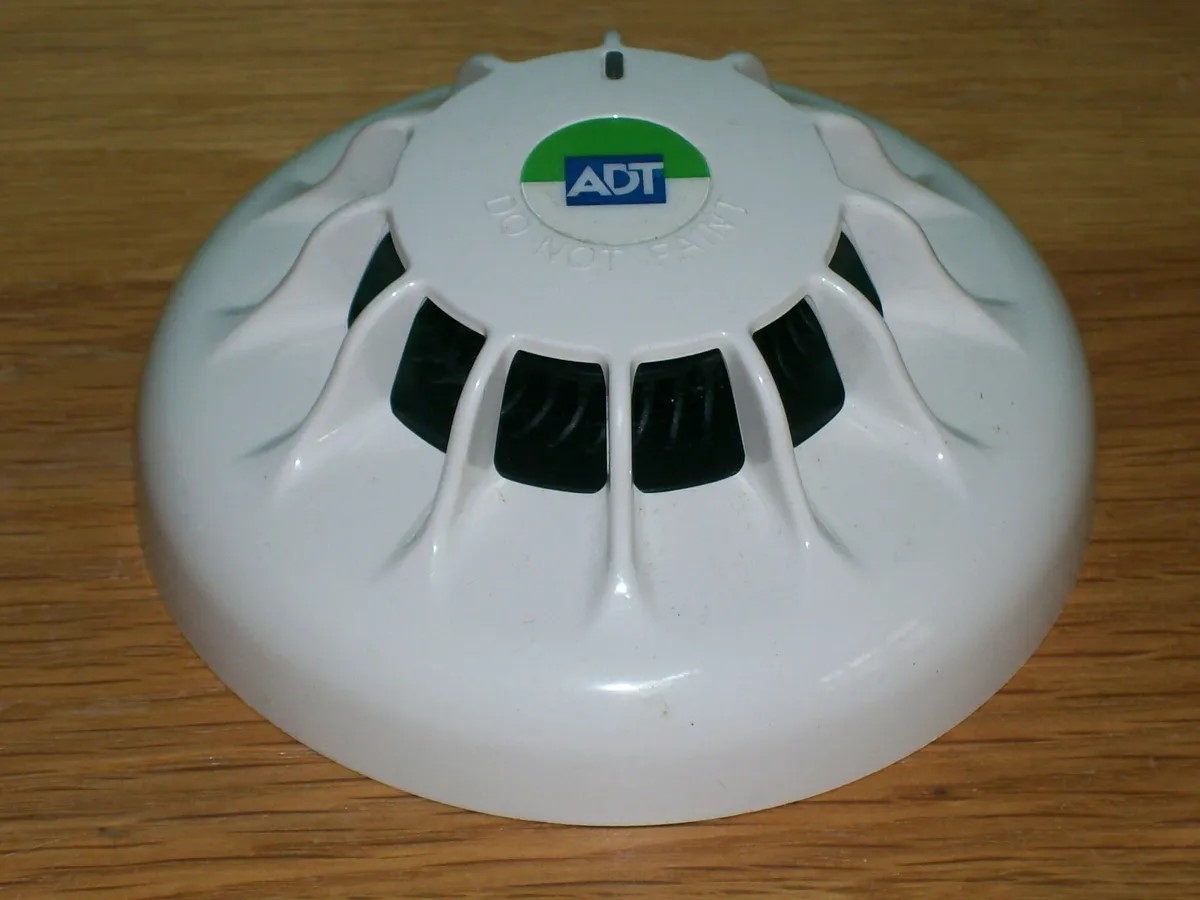
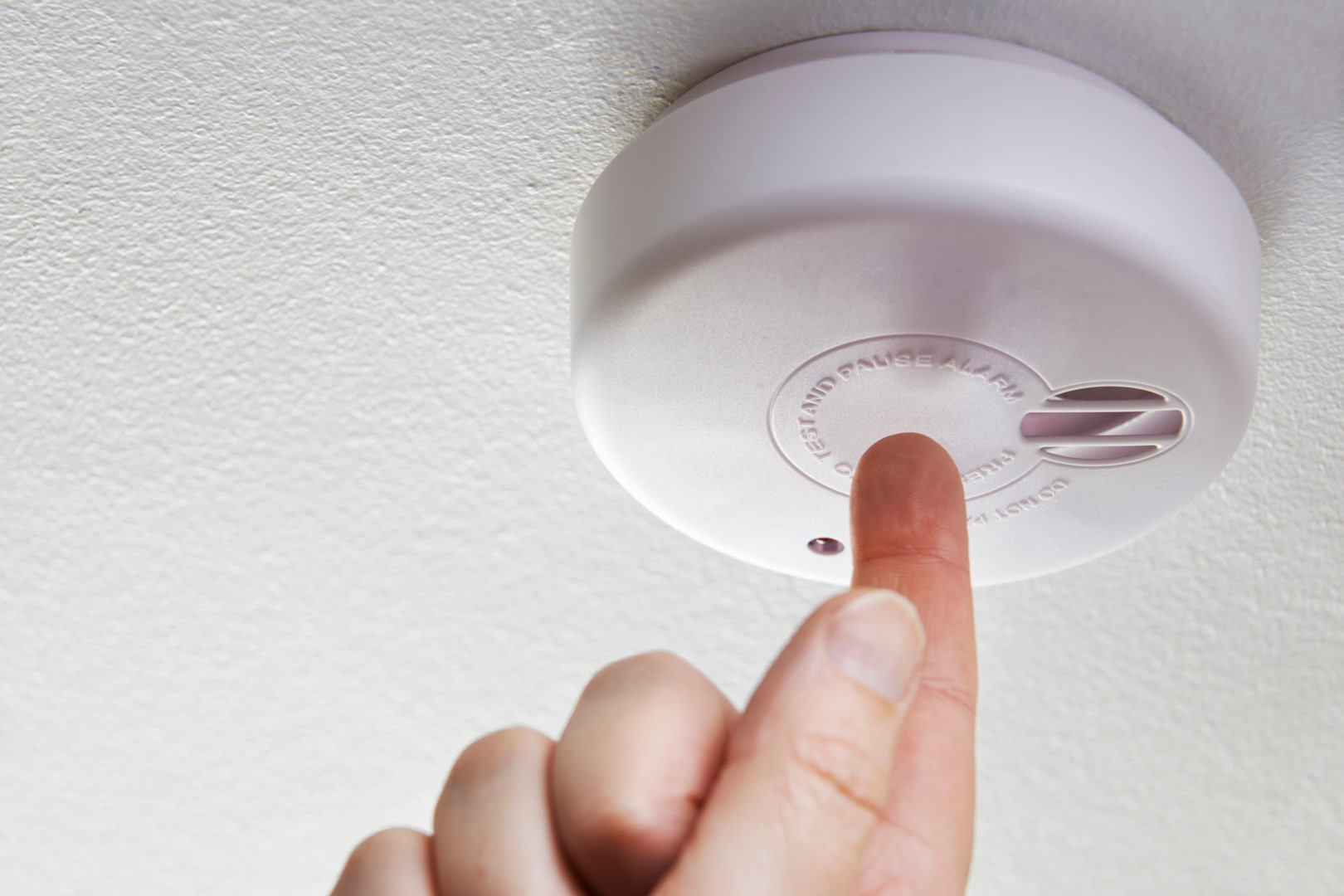
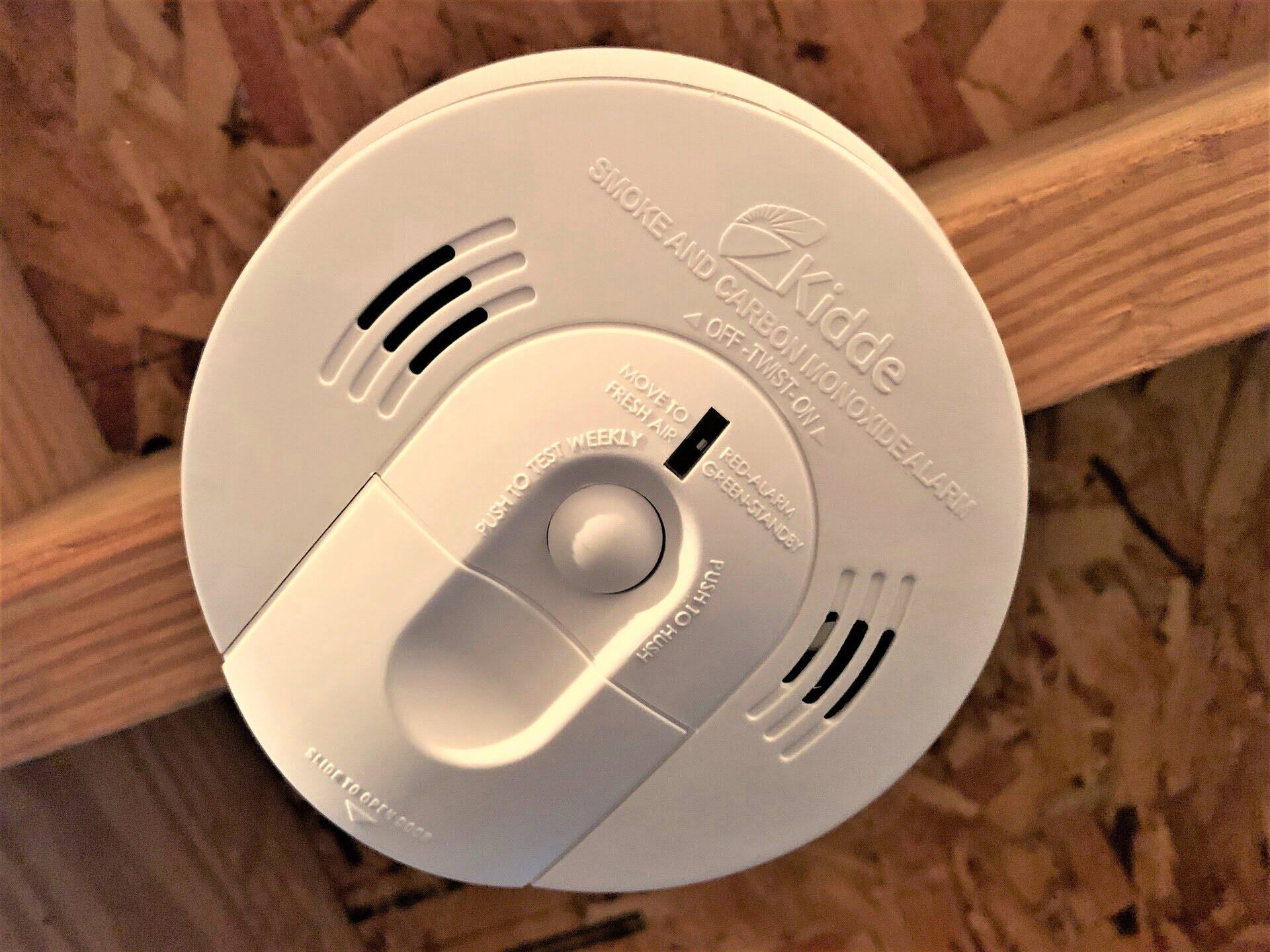
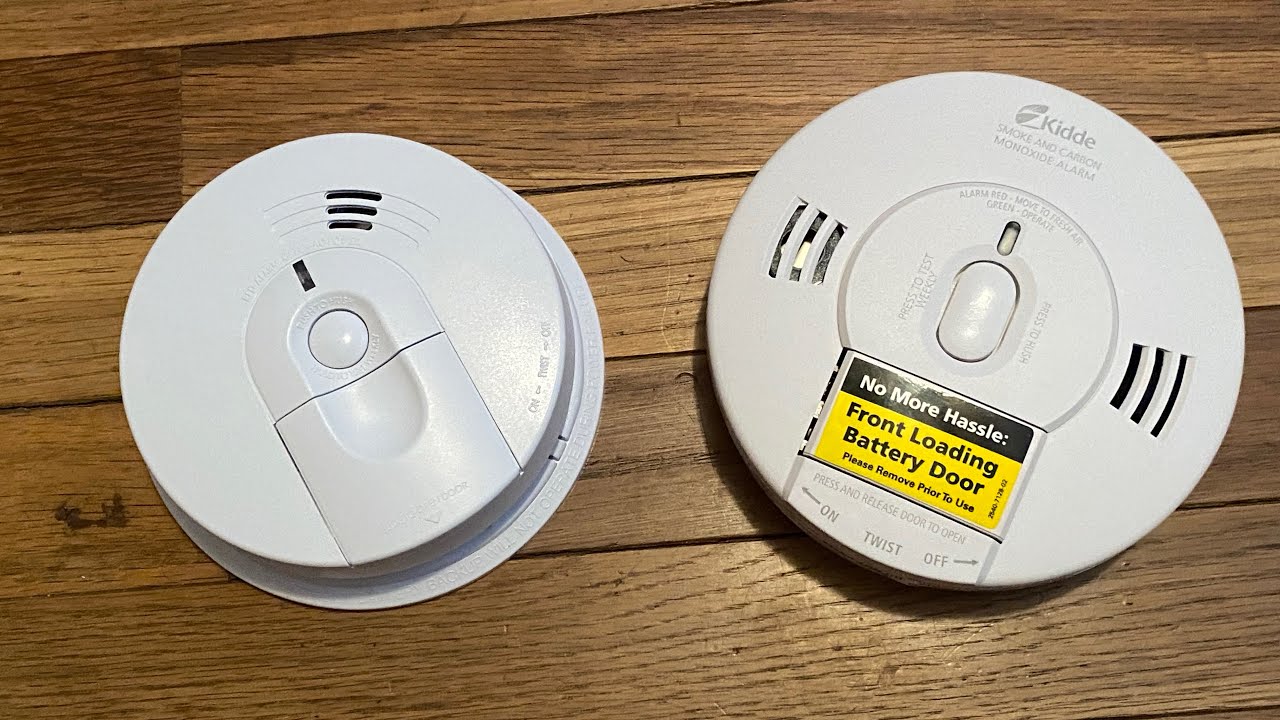
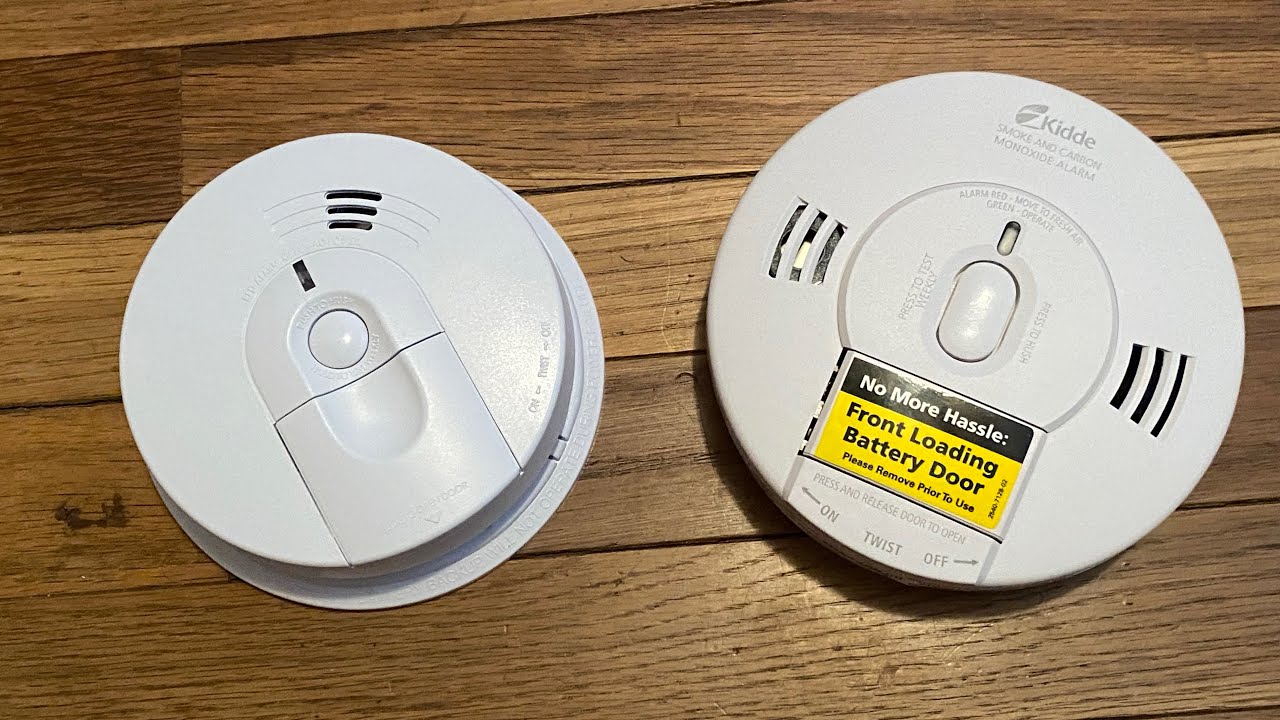
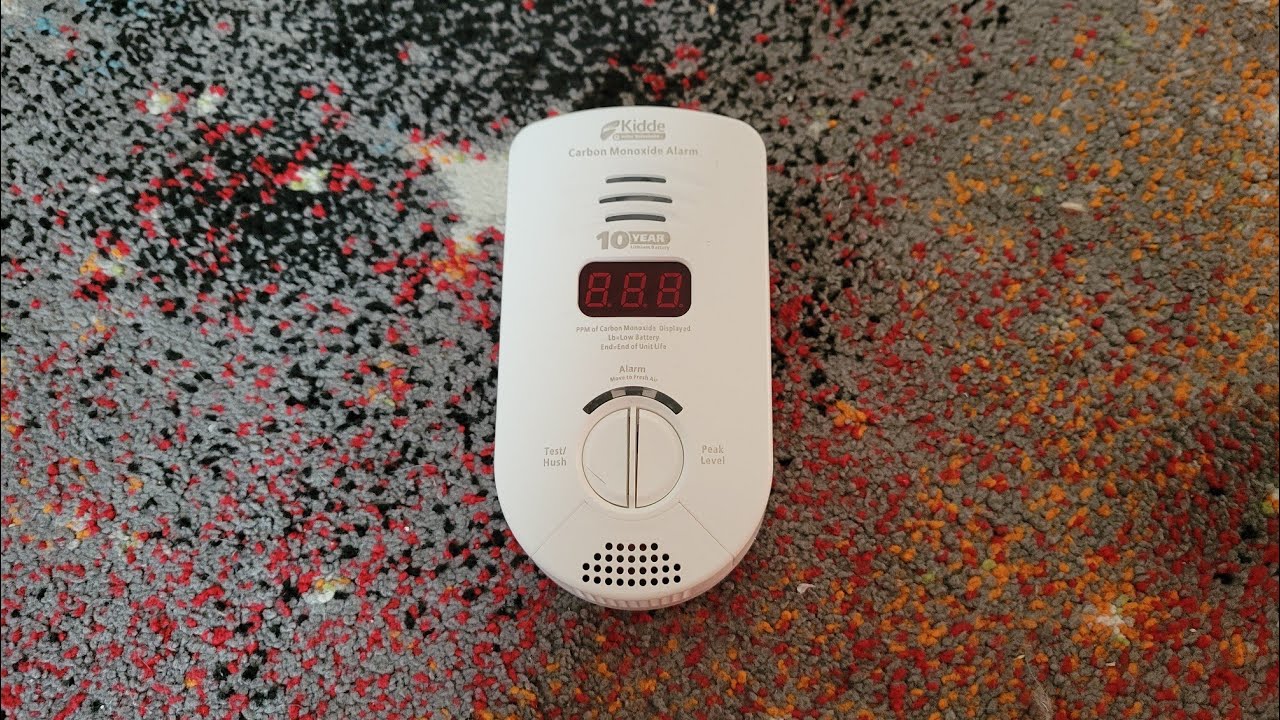
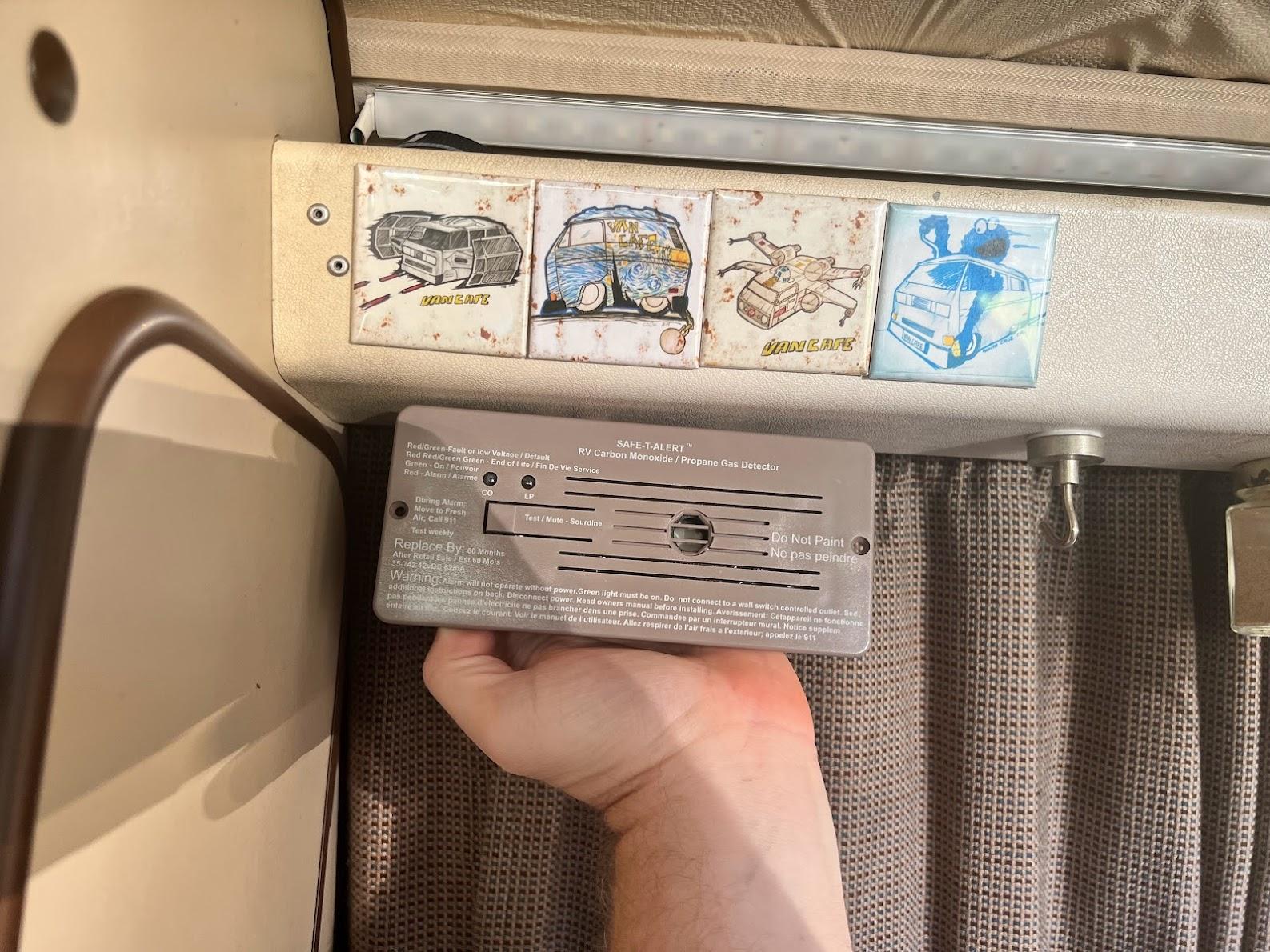

0 thoughts on “How To Know If A Carbon Monoxide Detector Is Working”